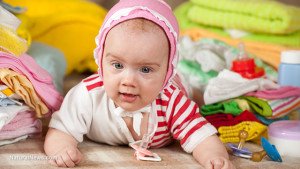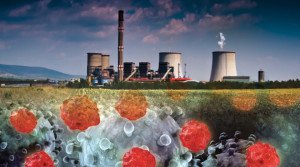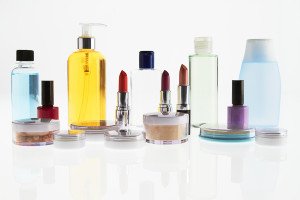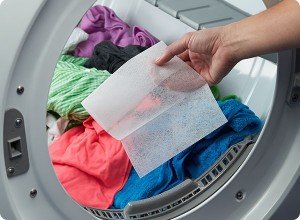New York Times: Do toxins cause autism?
4 min read
Autism was first identified in 1943 in an obscure medical journal. Since then it has become a frighteningly common affliction, with the Centers for Disease Control reporting recently that autism disorders now affect almost 1 percent of children.
Over recent decades, other development disorders also appear to have proliferated, along with certain cancers in children and adults. Why? No one knows for certain. And despite their financial and human cost, they presumably won’t be discussed much at Thursday’s White House summit on health care.
Yet they constitute a huge national health burden, and suspicions are growing that one culprit may be chemicals in the environment. An article in a forthcoming issue of a peer-reviewed medical journal, Current Opinion in Pediatrics, just posted online, makes this explicit.
The article cites “historically important, proof-of-concept studies that specifically link autism to environmental exposures experienced prenatally.” It adds that the “likelihood is high” that many chemicals “have potential to cause injury to the developing brain and to produce neurodevelopmental disorders.”
The author is not a granola-munching crank but Dr. Philip J. Landrigan, professor of pediatrics at the Mount Sinai School of Medicine in New York and chairman of the school’s department of preventive medicine. While his article is full of cautionary language, Dr. Landrigan told me that he is increasingly confident that autism and other ailments are, in part, the result of the impact of environmental chemicals on the brain as it is being formed.
“The crux of this is brain development,” he said. “If babies are exposed in the womb or shortly after birth to chemicals that interfere with brain development, the consequences last a lifetime.”
Concern about toxins in the environment used to be a fringe view. But alarm has moved into the medical mainstream. Toxicologists, endocrinologists and oncologists seem to be the most concerned.
One uncertainty is to what extent the reported increases in autism simply reflect a more common diagnosis of what might previously have been called mental retardation. There are genetic components to autism (identical twins are more likely to share autism than fraternal twins), but genetics explains only about one-quarter of autism cases.
Suspicions of toxins arise partly because studies have found that disproportionate shares of children develop autism after they are exposed in the womb to medications such as thalidomide (a sedative), misoprostol (ulcer medicine) and valproic acid (anticonvulsant). Of children born to women who took valproic acid early in pregnancy, 11 percent were autistic. In each case, fetuses seem most vulnerable to these drugs in the first trimester of pregnancy, sometimes just a few weeks after conception.
So as we try to improve our health care, it’s also prudent to curb the risks from the chemicals that envelop us. Senator Frank Lautenberg of New Jersey is drafting much-needed legislation that would strengthen the Toxic Substances Control Act. It is moving ahead despite his own recent cancer diagnosis, and it can be considered as an element of health reform. Senator Lautenberg says that under existing law, of 80,000 chemicals registered in the U.S., the Environmental Protection Agency has required safety testing of only 200. “Our children have become test subjects,” he noted.
One peer-reviewed study published this year in Environmental Health Perspectives gave a hint of the risks. Researchers measured the levels of suspect chemicals called phthalates in the urine of pregnant women. Among women with higher levels of certain phthalates (those commonly found in fragrances, shampoos, cosmetics and nail polishes), their children years later were more likely to display disruptive behavior.
Frankly, these are difficult issues for journalists to write about. Evidence is technical, fragmentary and conflicting, and there’s a danger of sensationalizing risks. Publicity about fears that vaccinations cause autism — a theory that has now been discredited — perhaps had the catastrophic consequence of lowering vaccination rates in America.
On the other hand, in the case of great health dangers of modern times — mercury, lead, tobacco, asbestos — journalists were too slow to blow the whistle. In public health, we in the press have more often been lap dogs than watchdogs.
At a time when many Americans still use plastic containers to microwave food, in ways that make toxicologists blanch, we need accelerated research, regulation and consumer protection.
“There are diseases that are increasing in the population that we have no known cause for,” said Alan M. Goldberg, a professor of toxicology at the Bloomberg School of Public Health at Johns Hopkins University. “Breast cancer, prostate cancer, autism are three examples. The potential is for these diseases to be on the rise because of chemicals in the environment.”
The precautionary principle suggests that we should be wary of personal products like fragrances unless they are marked phthalate-free. And it makes sense — particularly for children and pregnant women — to avoid most plastics marked at the bottom as 3, 6 and 7 because they are the ones associated with potentially harmful toxins.






